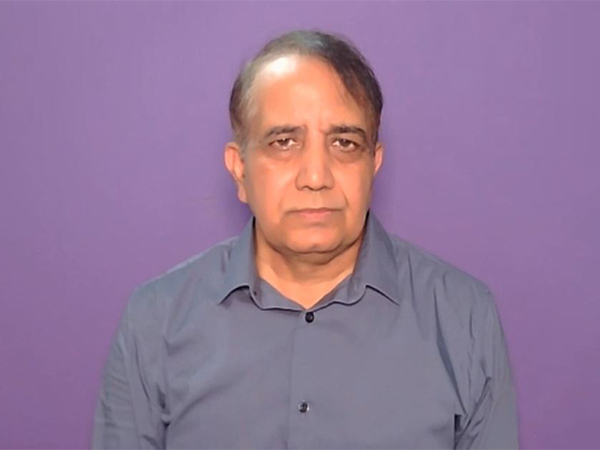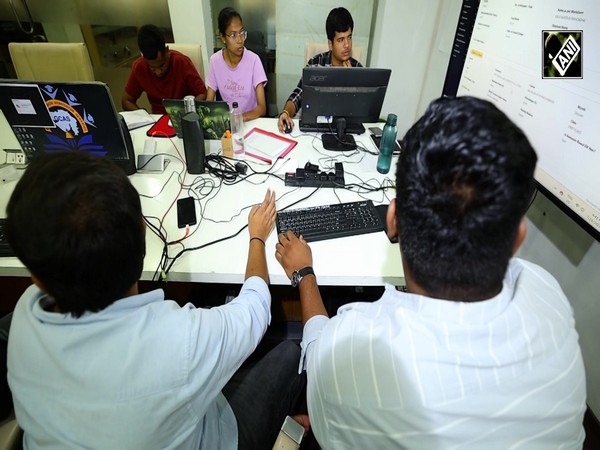Interest rate cuts in India seem off the table: Morgan Stanley
Apr 16, 2024

New Delhi [India], April 16 : As the Reserve Bank of India (RBI) maintained the status quo in the repo rate for the seventh time this month, investment bank Morgan Stanley sees rate cuts off the table. It expects no easing in policy rates in 2024-2025.
In a report titled 'India Economics: Rate Cuts Are Now Off the Table' authored by its economists Upasana Chachra and Bani Gambhir, it believes that improving productivity growth, rising investment rate, and inflation tracking above the target of 4 per cent, alongside a higher interest rate in the US, warrant higher real rates.
While inflation is likely to continue to moderate, it is likely to remain above the RBI's medium-term target of 4 per cent. In that case, it warrants the RBI to remain steadfast on its disinflationary path, without easing interest rates, the report said.
"The confluence of both global and domestic factors mentioned above warrants the RBI staying put (so far)," Morgan Stanley said.
"As such, we now expect the policy rate to remain steady at 6.5 per cent, vs. our previous view of a shallow rate cut cycle from 3Q24, implying that real rates track at 200bps (similar to the average real rates of 190bps during 2003-2007)," it said.
Real rates are typically the difference between the key interest rate and the headline inflation.
According to Morgan Stanley, a weaker-than-anticipated trend in domestic growth or faster-than-expected moderation in the inflation trajectory may prompt the RBI to embark on a rate-easing cycle.
On the other hand, escalated geopolitical tensions leading to possible deterioration in macro stability indicators, would warrant a more hawkish monetary policy stance.
For the US, Morgan Stanley's Chief US Economist, Ellen Zentner, has updated her outlook for the Federal Reserve policy path. She expects a delayed start to the monetary policy easing cycle in the US, with the first rate cut in July 2024 (from June previously), three cuts in 2024 (from four previously), and a shallower easing cycle with a cumulative 175 basis points of easing (versus 300 basis points previously) through 2025.
For India, a higher interest rate regime with strength in the US dollar would warrant a cautious stance from the RBI.
Along anticipated lines, RBI kept the policy repo rate unchanged at 6.50 per cent, the seventh time in a row. The repo rate is the rate of interest at which the RBI lends to other banks.
Retail inflation in India is in RBI's two-six per cent comfort level but is above the ideal 4 per cent scenario. In March, it was 4.85 per cent. Inflation has been a concern for many countries, including advanced economies, but India has largely managed to steer its inflation trajectory quite well.
Barring the latest pauses, the RBI raised the repo rate by 250 basis points cumulatively to 6.5 per cent since May 2022 in the fight against inflation.
Raising interest rates is a monetary policy instrument that typically helps suppress demand in the economy, thereby helping the inflation rate decline.


















